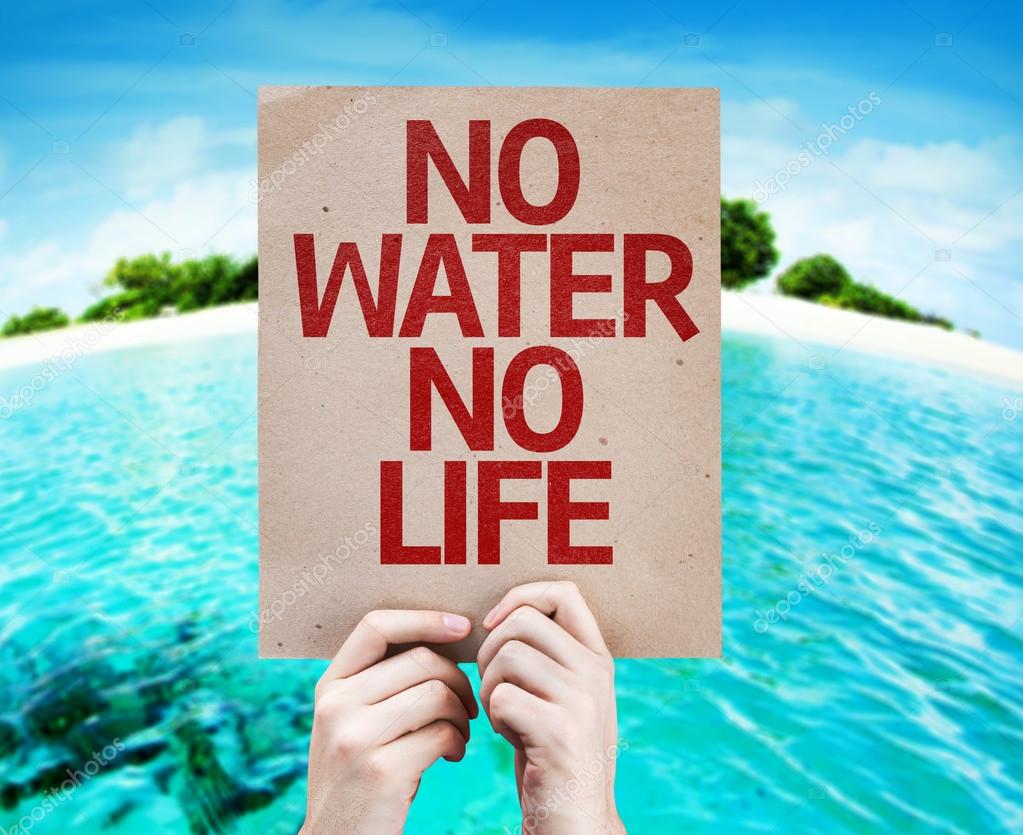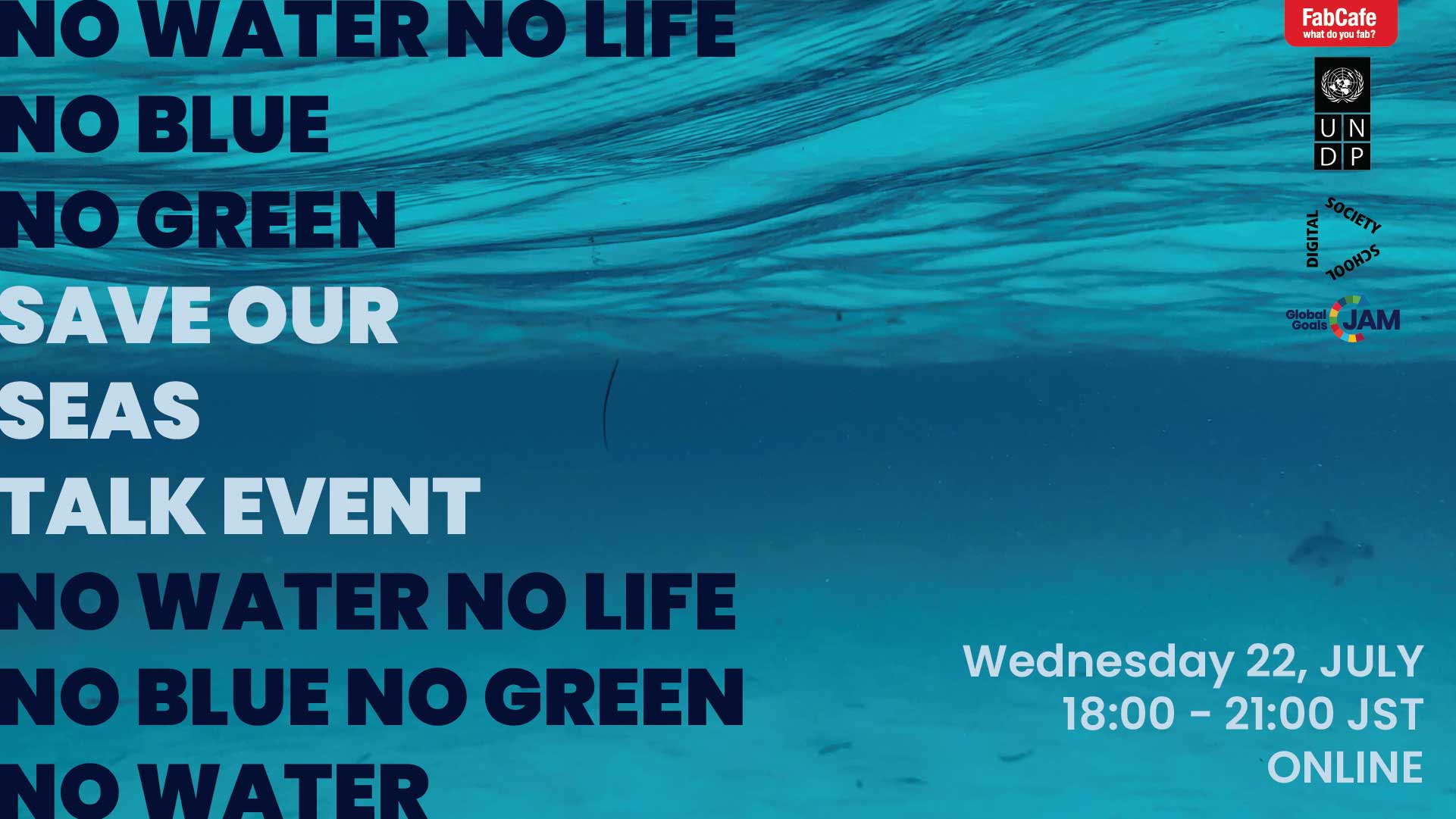

Get in the habit of asking for no straw before you even order a beverage. It’s simple – when you order a drink say “No straw, please!” We want to encourage people to stop using plastic straws for good. This clip shows exactly what can happen if your discarded plastic straw makes its way into the ocean.

Whilst watching a distressed turtle have a straw pulled out of its nose isn’t the most feel good viewing, footage like this plays an important and vital role in regards to raising awareness. Credit: Grumpy Turtle Design Plastic straws are harmful to marine life 24 hours later Kasey went back and did another and found 294 in the exact same place. In the area she found 319 straws on a single 20-minute snorkel. Avid scuba diver Kasey Turner was snorkeling after work recently at a popular dive site in Manly, Australia. Straws annually make it on the Ocean Conservancy’s Top 10 most collected items at beach cleanups. Most of those end up in our oceans, polluting the water and harming or killing marine life. Whether you live here or just visit for holidays, you can be involved and help us to #BeatPlasticPollution.Ī small straw may not seem like a big problem, but when we look at our reliance on this petroleum based, single-use item from a global scale it becomes very apparent that this unnecessary habit poses a huge threat to the health of our planet. And it’s one of the easiest problems to solve. Here in Fethiye, Türkiye’yi Temiz Tut will be campaigning to reduce the use of single-use plastics. Plastic trash is a serious problem for our ocean, and especially all the animals that call it home, but together we can be part of the solution. Will you stop using single use plastic bags, bottles and straws to help our ocean? Preventing plastic pollution and encouraging solutions for a healthy ocean. And the most common found trash in this swirling vortex? You guessed it – plastic. Unfortunately, most of the trash from around the world travels here through currents and gets sucked into the swirling mass where it remains until it can decompose in time.
NO WATER NO LIFE NO BLUE NO GREEN PATCH
The Great Pacific Patch has the strongest currents of all the five ocean gyres and is located between the Hawaiian Islands and California. This ocean gyre has become so filled with trash, that it is visible from space.

Despite its name, there is nothing great about this swirling mass of trash that is four times the size of Texas. An ocean gyre is defined as a system of circular ocean currents formed by the Earth’s wind patterns and the forces created by the rotation of the planet. One of the main places our trash travels to is The North Pacific Ocean Gyre, or as most people known it as, the infamous Great Pacific Garbage Patch. Once the trash reaches the ocean, where does it all go? You may be at the beach and not see any trash around you and wonder how there can be over 5.25 trillion pieces and counting. Of this waste, much of it is plastic.Įvery minute, one garbage truck worth of plastic is dumped into the ocean Where Does All the Trash Go? Yearly, a colossal 1.4 billion tons of trash ends up in our beautiful oceans. Oceans serve as the world’s largest source of protein, with more than 2.6 billion people depending on the oceans as their primary source of protein.Īs much as 40 per cent of the world oceans are heavily affected by human activities like pollution, depleted fisheries, and loss of coastal habitats An ocean of plasticĮvery minute, one garbage truck worth of plastic is dumped into the ocean. Oceans absorb around 30% carbon dioxide produced by humans, buffering the impacts of global warming. Oceans cover more 71 percent of the planet, host up to 80 percent of life on earth and account for 96 percent of all water. Now, with the ocean facing more threats than ever, it’s time for all of us to come together to protect our treasured marine environment.įethiye Times has pulled together some facts about the impact plastic pollution is having on our oceans, and in turn, our planet. Ever since the United Nations declared June 8th to be World Ocean’s Day in 2002, people and groups from around the world have used the occasion to celebrate the ocean and take steps to protect it.


 0 kommentar(er)
0 kommentar(er)
